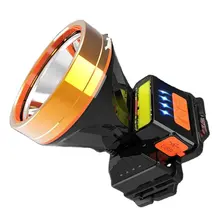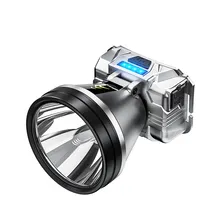White LED lamps, LED 2835, LED 3014, LED 5630, LED 0603, and 5050 LED strip lights often use industry-standard surface-mounted device LEDs to produce their SMD LED lights. The dimension of the LED package serves as a description for SMD LED modules. One multicolor module may contain three separate LEDs, one red, green, and blue, to allow the selection of a wide range of colors or shades of white by adjusting the brightness of the different LEDs. By applying a larger driving current, LED brightness can be improved at the expense of the device's lifespan.
What is the difference between power LEDs and SMD LEDs?
Power LED bulbs or integrated LED downlights often have three or four powerful LED chips that work together to provide a focused beam of light with an average beam angle of 25 to 40 degrees. SMD LED bulbs are composed of several tiny LED chips, typically 20 per bulb. SMD LEDs often cost less money. Although low-power SMD LEDs alone provide little light, when they are combined, they produce a brilliant glow. The far-reaching beam, typically 120 degrees, is the biggest issue with this kind of LED. Since the wide beam angle spreads the light out too thin, SMD LEDs could be more effective in downlight installations. A broader beam angle can be utilized effectively in some setups, such as nightclubs.
Advantages of SMT LEDs
SMT LED modules are now frequently used to create LED luminaires and LED strips 5050 for various uses across many industries. This technology is applied wherever precise control of light dispersion and excellent efficiency are needed. SMD 5050 is known for its long lifespan, low power consumption, and high reliability and safety regulations. As a consequence of the employment of several automated machines, SMD LEDs have the potential to use fewer components and create more compact electronic boards, as well as reduce the amount of scrap produced as a result of the circuit drilling process.






































 浙公网安备 33010002000092号
浙公网安备 33010002000092号 浙B2-20120091-4
浙B2-20120091-4